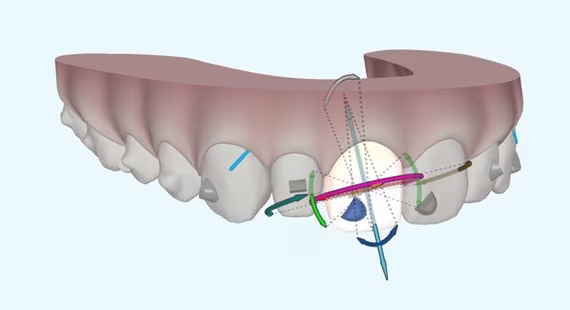
Invisalign ClinCheck: 5 reasons to work with it
Introduction: Initial Considerations If you work with aligners, I'm sure that more than once you've considered changing brands, although most probably
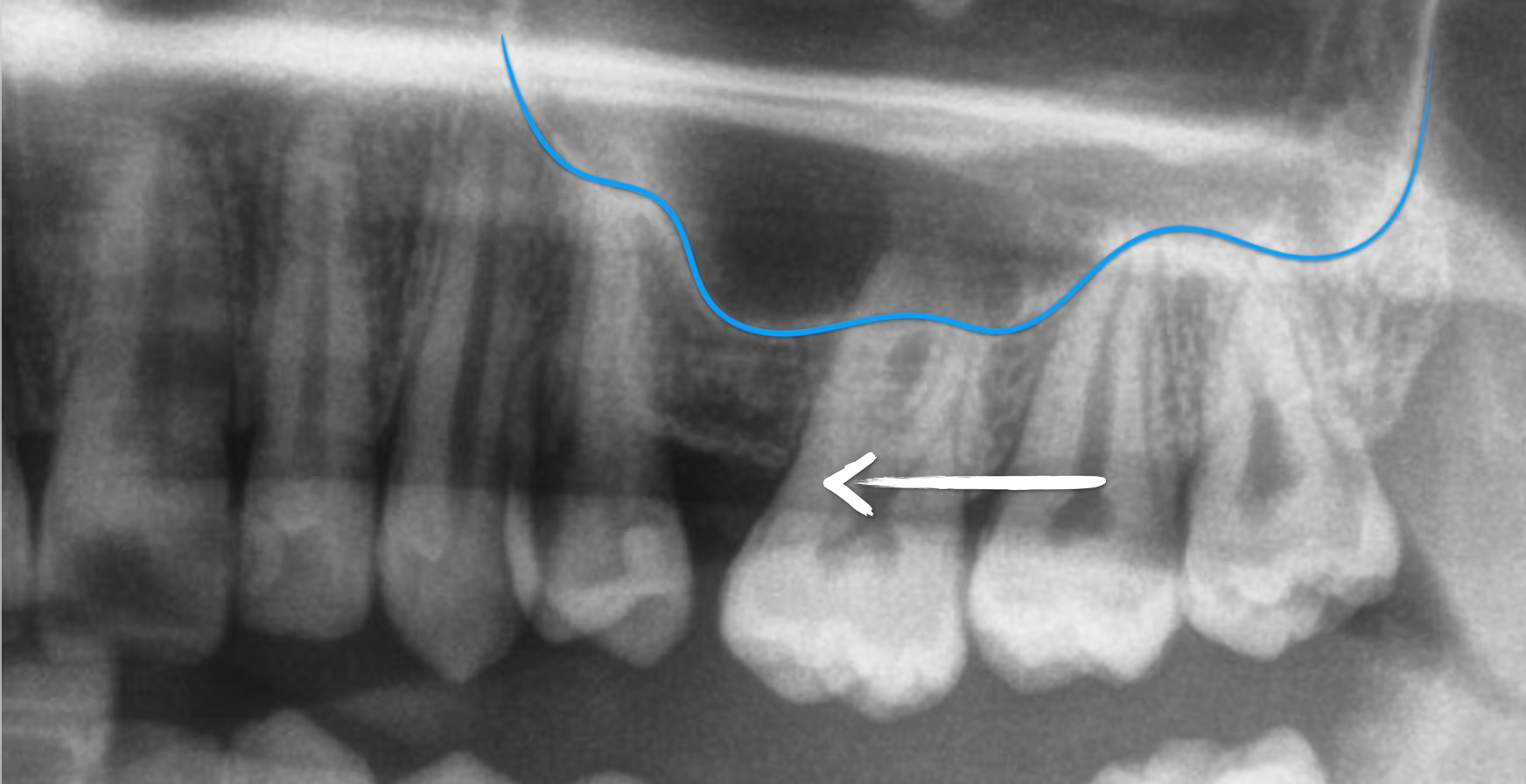
Escribo este blog sobre mover los molares a tráves del seno maxilar justo después del evento The Next Level de SAS que hemos celebrado en Madrid. Como dice Dani, todavía estamos con un poco de resaca emocional. Antes de entrar en detalle en el tema del blog, me gustaría agradecer de nuevo la gran acogida y el apoyo de todos los doctores que nos acompañan y hacen posible que día tras día sigamos compartiendo con vosotros nuestra particular visión de la ortodoncia invisible, sin tapujos ni secretos. En este curso estuvimos hablando de cómo resolver casos de caninos incluidos y de extracciones con alineadores, aprendiendo a hacer un uso coherente y lógico del CBCT en nuestras planificaciones digitales.
En estas charlas, uno de los temas que tratamos fue el movimiento de los dientes a través del seno maxilar. Cuando tenemos un paciente que presenta espacios en la arcada superior, podemos pensar que, si el seno está muy neumatizado, no vamos a poder cerrarlos por la incapacidad de las raíces de moverse a través de él. Numerosos artículos han demostrado que esta antigua creencia no es del todo correcta.
Mover los dientes o, mejor dicho, mover las raíces a través del seno maxilar, es posible. Pero, como todo movimiento que se produce a través de hueso cortical, va a ser complicado y de carácter variable, no estando exento de riesgos.
En el caso de optar por cerrar un espacio en la arcada superior (por mesialización de molares, distalización de premolares o una combinación de ambos) y tenemos que enfrentarnos al seno, el movimiento de los molares puede hacerse de dos maneras: mediante inclinación o mediante movimiento en masa. Si estamos pensando en tratar al paciente con alineadores, asumiremos que el plástico no será capaz de controlar la raíz.
Cuando queremos conseguir cerrar el espacio mediante, por ejemplo, una mesialización en masa de los molares, tendremos que recurrir a técnicas auxiliares, como las que aparecen en la foto para conseguirlo. ¿Bonito? Créeme, no es nada fácil.
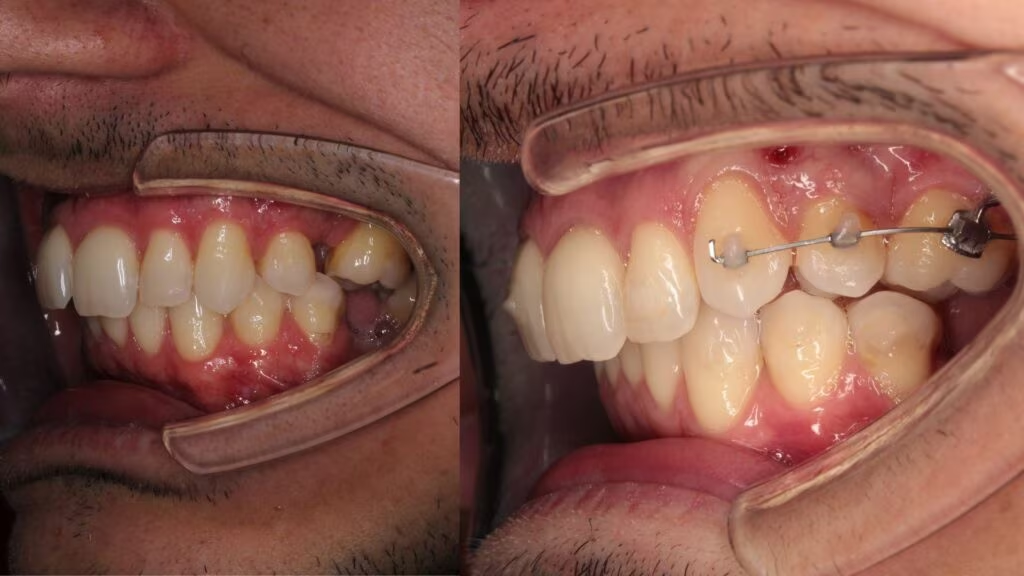
In the course we discussed whether such treatments are worthwhile, as the degree of uncertainty is high and the risk of not closing the space completely is also high. A systematic review on the subject reveals some interesting data:
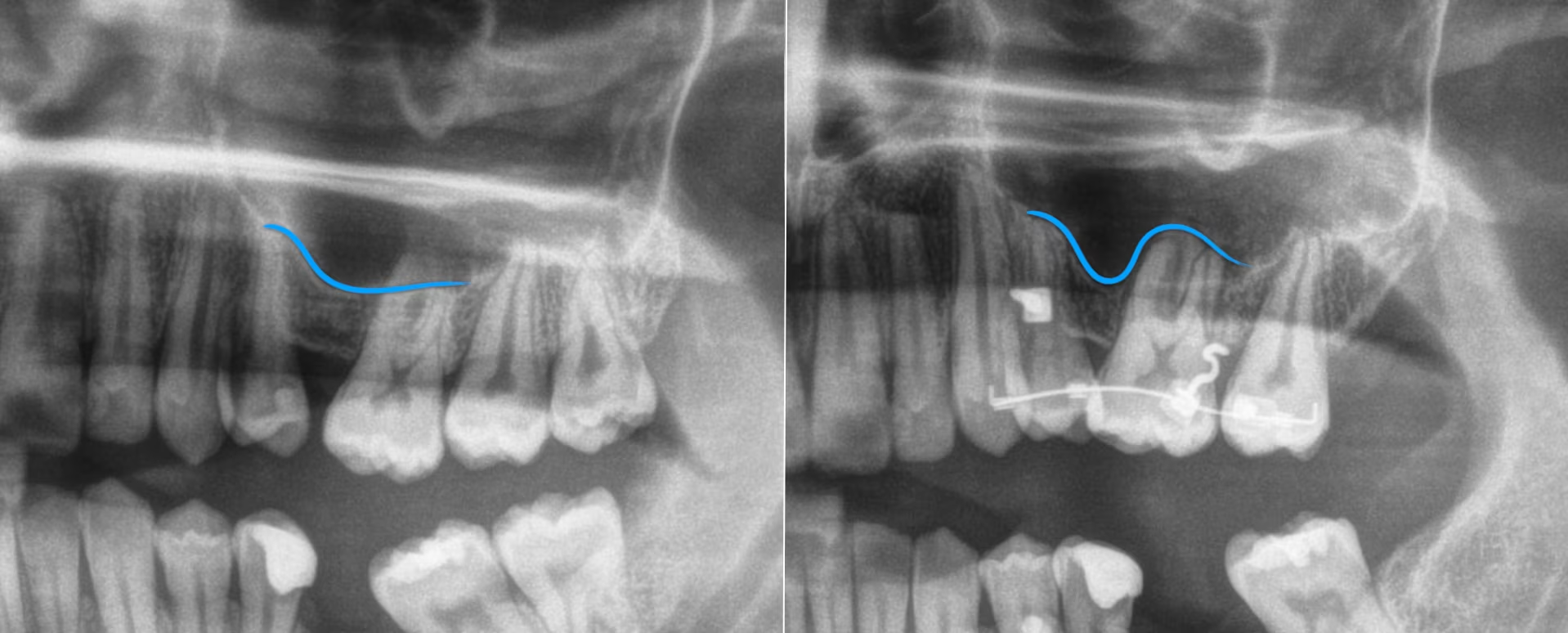
Reading this data, we can conclude that closing a space in a patient with pneumatised sinuses is going to be complex to achieve and to plan, as the speed of movement that we see in the ClinCheck or Approver will probably not be the same as the speed at which the teeth will move. Even if auxiliary techniques are used, movements can be stuck or delayed, so it is important to be cautious and to present the patient with all possible solutions and to be realistic about the treatment objectives. Just because it is possible to move roots through the sinus does not mean that it is suitable in all cases.
¿Interesado en aprender más sobre la técnica de mover los molares a través del seno maxilar y su aplicación en ortodoncia? ¡Únete a nuestro curso presencial "SAS meeting in Madrid on the 18th and 19th of October and deepen your knowledge with experts in the field! Book your place now on our landing page and be part of this unique hands-on training opportunity - don't miss the chance to take your orthodontic practice to the next level!
Sun et al. Knowledge of orthodontic tooth movement through the maxillary sinus: a systematic review. BMC Oral Health (2018) 18:91.

Introduction: Initial Considerations If you work with aligners, I'm sure that more than once you've considered changing brands, although most probably
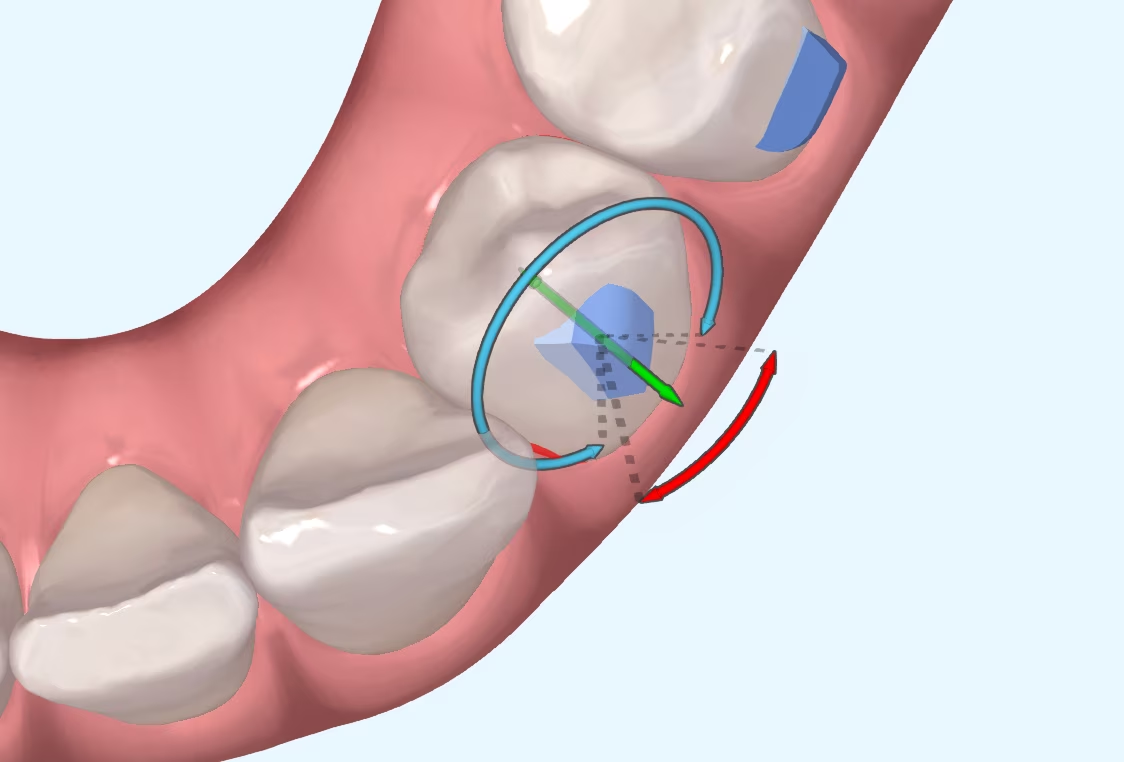
Introduction I suppose many of you are familiar with the myth of Achilles, the Greek hero who was submerged as a child in the River Styx by his mother in order to
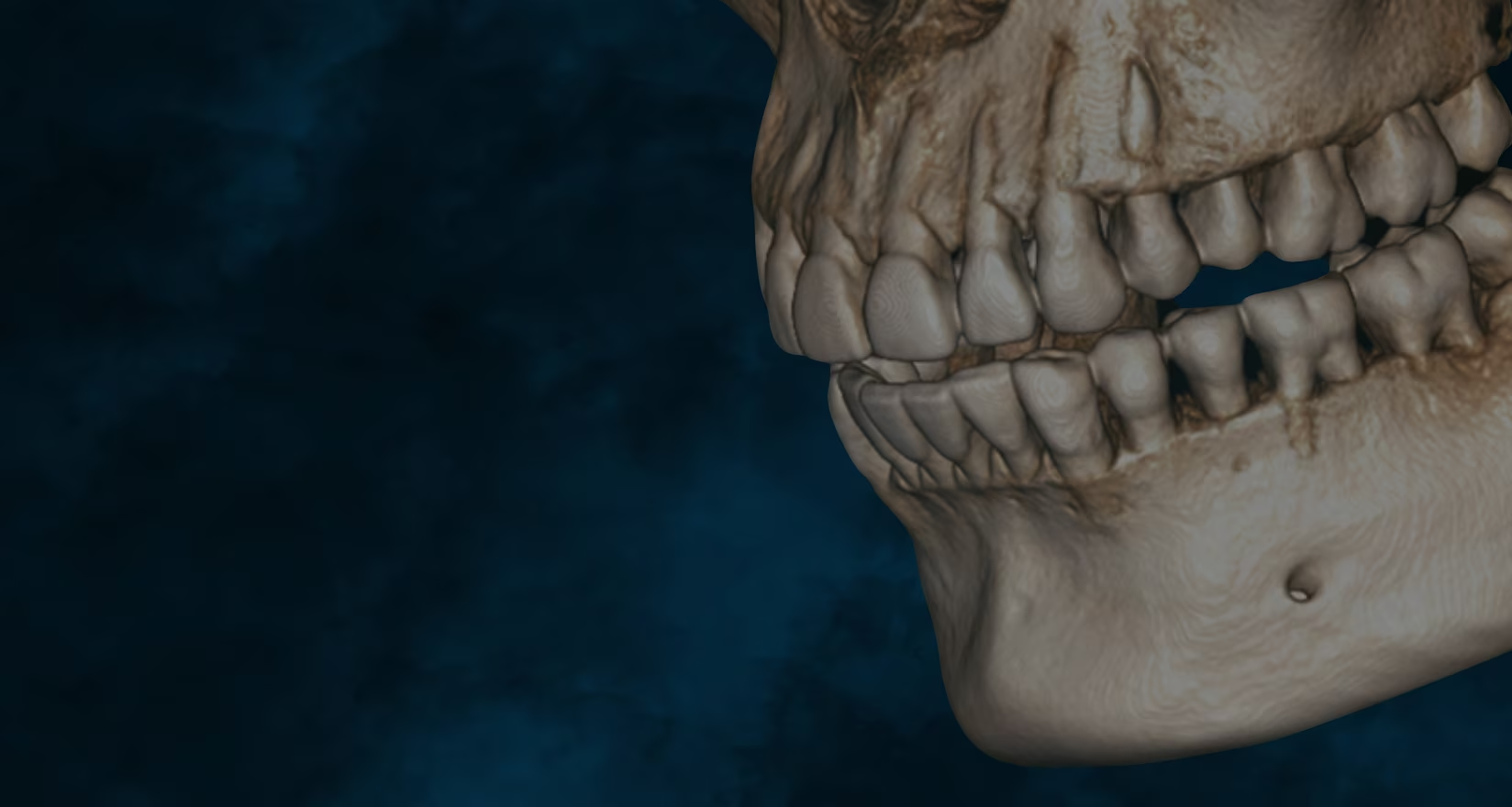
What is CBCT? CBCT is a medical imaging technique that uses a special type of computed tomography (CT) scan to obtain three-dimensional images.
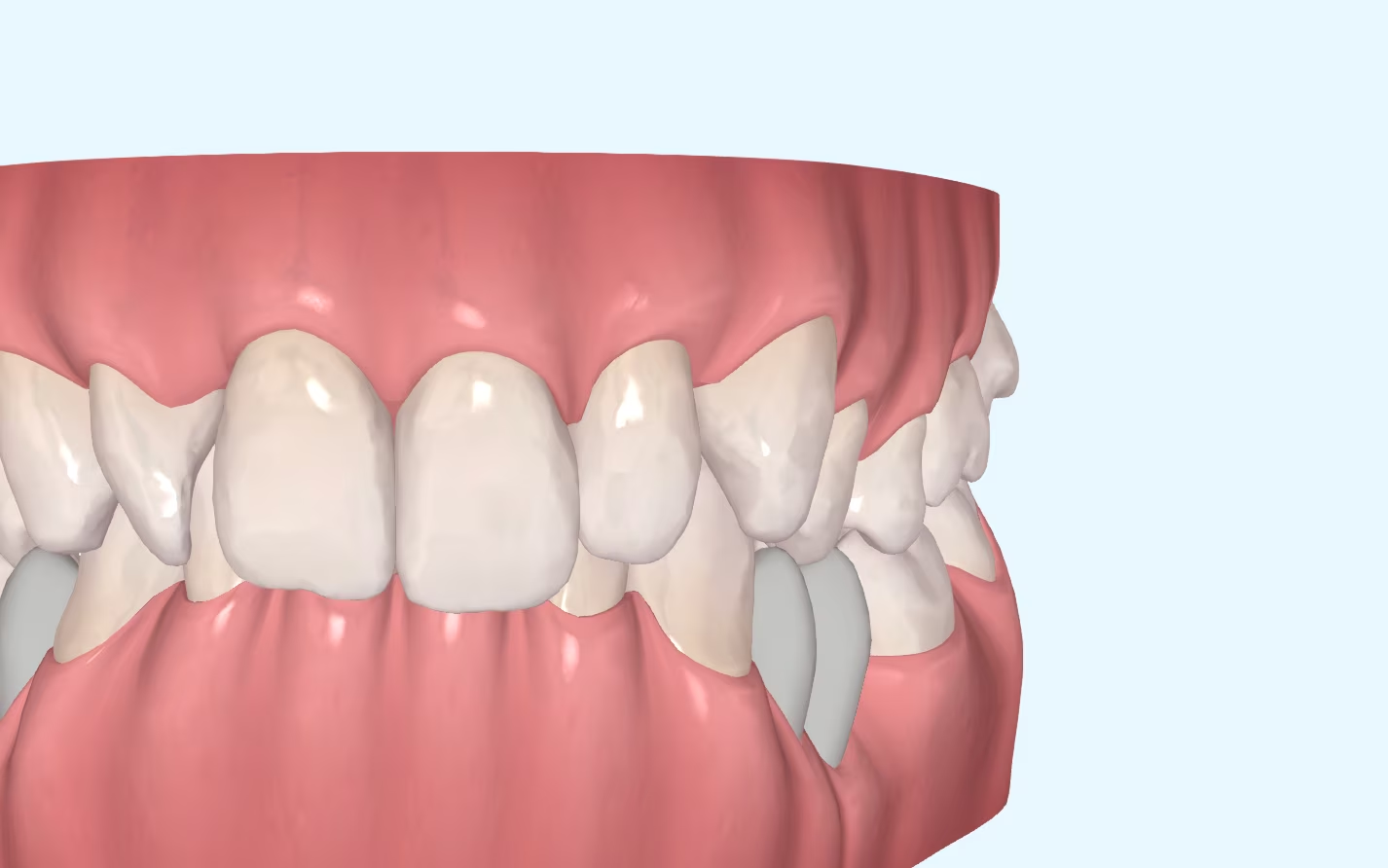
Challenges of Overbite In the more than 20 years that we have been working with invisible orthodontics, we have gone from considering some malocclusions "impossible" to daring to

It is not a question to make us feel guilty. It is only a question that invites us to reflect, to think about the impact we can have in